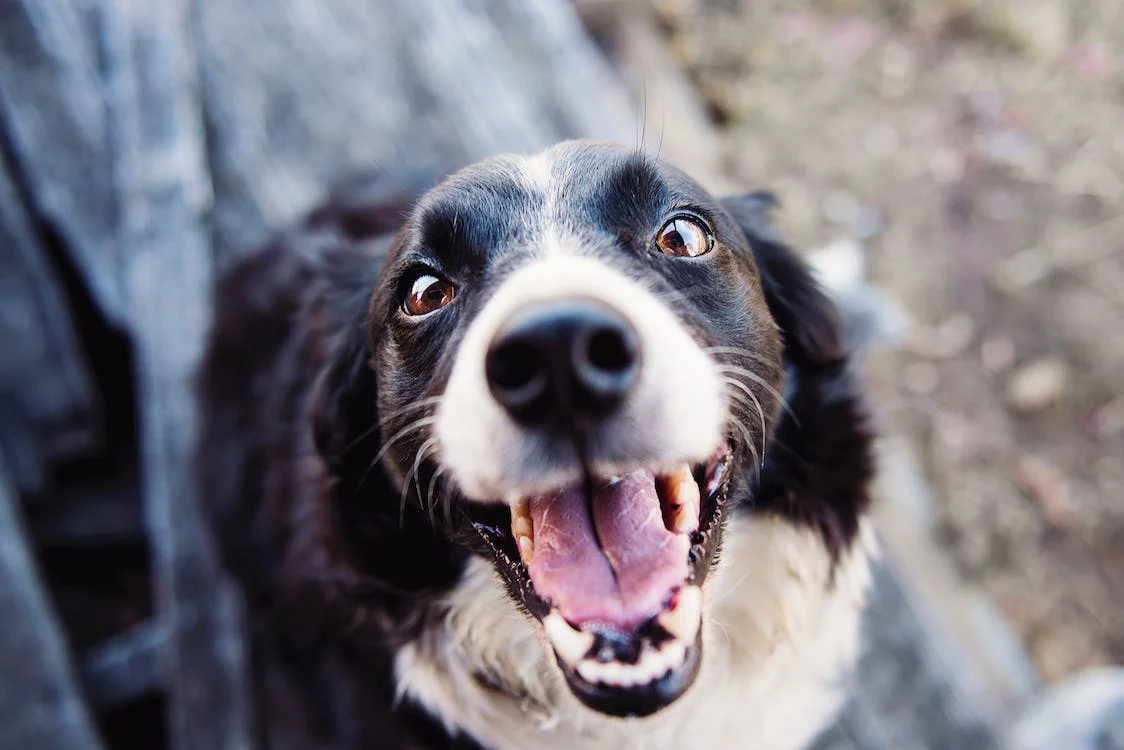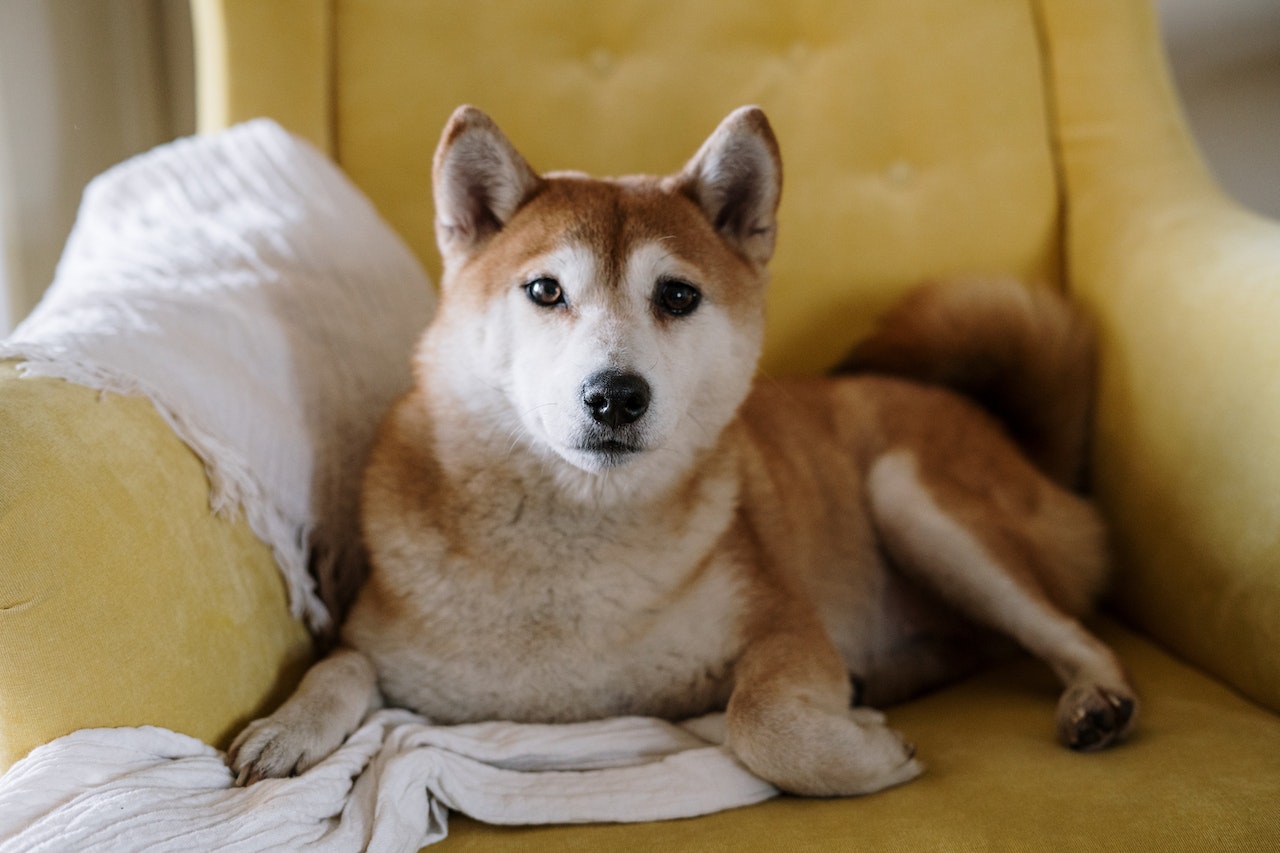
If you notice that your dog is asleep throughout the day, don’t worry. While it’s common for dogs to rest throughout the night, some dogs also spend the majority of the day sleeping. However, if sleepiness has turned into a problem for your dog, it may be time to dig to the root of the problem.
Sleep patterns may change. This could be due to age or illness, which is why it is important to be on the lookout for your dog’s sleeping patterns. Here are ways to stimulate your dog in order to keep them alert throughout the day. It also explains the best time you should seek assistance.
What’s the reason Dogs Sleep So A Lot
Research suggests that dogs rest for approximately 11 hours within 24 hours. Furthermore, they spend a lot of time resting with only a small part of their day being devoted to physical activity. This is quite normal for carnivores. Lions can spend at least 16 hours a day in bed or resting!
Dogs tend to sleep when they have nothing better to do. Because they do not have smartphones and jobs or assignments sleep is the most effective way to pass long, boring hours.
How long your dog is sleeping will be determined by a range of elements:
- Puppy dogs as well as more mature dogs are likely to spend a lot of their time in bed.
- The overweight and sick dogs could also be more sleepy than healthy dogs.
- Certain breeds are more prone to sleeping longer (ask anyone who has owned an obedient Bernese mountain dog and Working-line border collie).
Of course, the hours and hours of sleeping can be an indication of an issue. Numerous ailments and issues related to age are triggered by changes in sleep habits. Stress and separation anxiety may also result in more snoozing during the day.
In the majority of cases, dogs that are sleeping for more than 12 hours a day is not a cause for alarm. This is normal! However, owners should be aware that excessive sleep can signal issues, so it’s best to consult your veterinarian in case you’re concerned.
What can you do Do Make Your Dog’s Day More Engaging?

Because most dogs aren’t at school or work It’s normal for them to be lonely and bored throughout the day. Combine a long, lonely day with the time that their humans are asleep, and it’s an extended time for your pet to spend in bed every single day! If you feel like your dog is sleeping your life off, think about the other things occupying his time.
The best method to ensure that your dog remains awake and active throughout the day is to use games for dogs. From the easy rolling treats into an egg carton or a towel carton to the more advanced CleverPet Puzzle toys to keep your dog engaged throughout the daytime. Inspecting your pet’s activity using the camera for your dog camera for dogs can allow you to check whether she’s playing with the toys, or just ignoring the toys.
It is also possible to make your dog’s day more enjoyable by taking afternoon walking with your dog as well as more extended periods in fitness both in the mornings and in the evening.
If you find that your dog has been sleeping even though there’s something more enjoyable for him to be doing, it may be time to seek out assistance.
How to get help
In general, it’s common that your dog spends the majority of the day sleeping or lying down. But excessive sleep could remain an indicator of problems with your dog’s overall health.
There are several obvious signs that your dog is sleeping way too frequently:
- The dog’s sleeping patterns have changed.
- Your dog will sleep even if there’s “something more important to be doing,” especially if that item is the one that usually gets her attention.
- Your dog’s sleeping habits are disrupting your drinking or eating.
- It’s hard to wake your dog at the crack of dawn.
- The dog is asleep at the first sign of a sudden even in the middle of a game (narcolepsy).
- The dog awakes abruptly or is in a state that is a mixture of terror and distress.
- The increased sleepiness is associated with other physical symptoms like:
- Limping or lameness.
- A refusal to walk, run or leap.
- A decrease or increase in eating, urine, or defecation.
- The increased sleepiness is associated with additional behaviors problems including:
- Been looking at walls, corners, or corners.
- A rise in fear or aggression.
- Drooling, pacing, and other symptoms of anxiety.

Certain of these signs may not be that alarming if your dog is generally aging gracefully and has always been more laid back. However, it’s never hurt to visit and talk to your vet about the signs.
Your veterinarian is likely to be asking lots of questions and will likely have to conduct certain tests. Even if you’ve compiled an extensive record of your dog’s sleeping habits as well as other issues and signs, determining the root of the issue can be difficult.
Drowsy dogs may be suffering from an ache or pain, endocrine disorders such as hypothyroidism or hyperadrenocorticism, anxiety, or many other serious ailments. Getting a thorough workup from your vet, which may include blood work and other tests, is the only way to know for sure.
Make sure you keep the track of your dog’s sleeping patterns as well as other signs. Be sure that she’s healthy and weighs a healthy amount, and that she’s doing plenty in the daytime. If she’s sleeping in a way that is unusual then it’s an appropriate time to visit the vet.